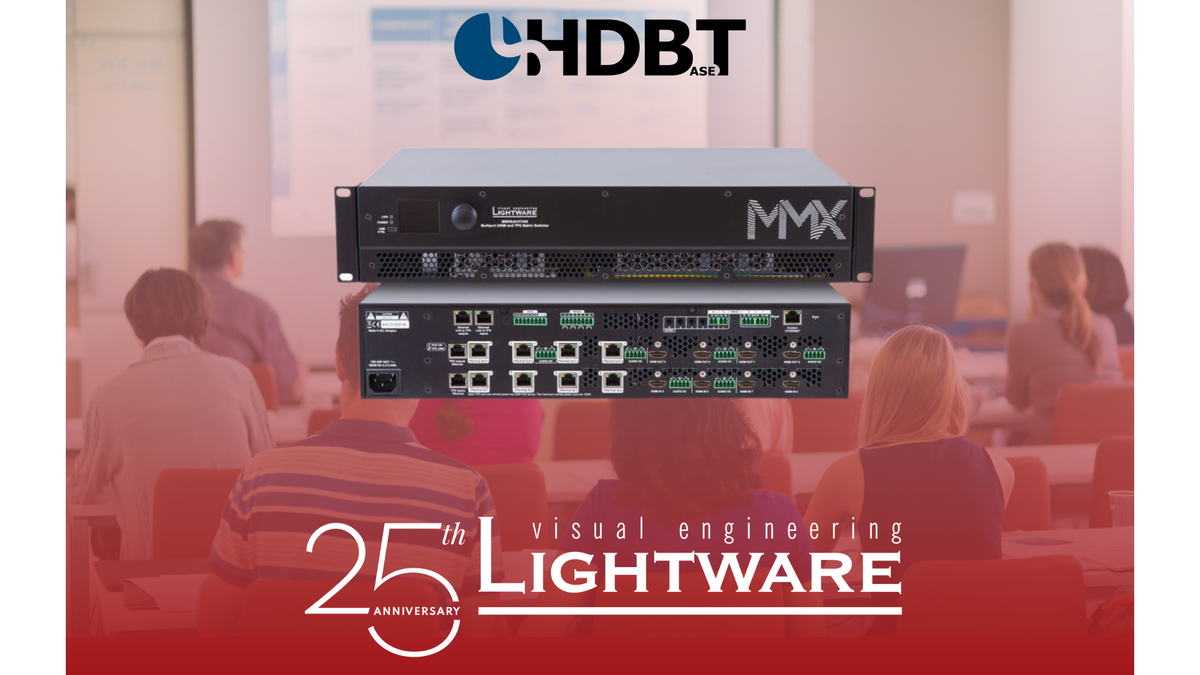The pace of digital transformation in higher education has accelerated immeasurably over the past three years. To complement video lectures and engage students in virtual classrooms, higher education facilities have adopted technologies to accelerate interactivity and hybrid models of online and in-person learning.
It’s imperative that audiovisual technology provides simplified, interoperable and safe user experience to ensure high levels of adoption and engagement. Lightware Visual Engineering has invested in developing innovative room solutions for higher education campuses that allow teachers to easily access and control their classroom’s AV equipment seamlessly. Lightware’s connectivity and signal management solutions utilize HDBaseT technology, from HDMI point-to-point extension to signal-to-switch and beyond.
The new technologies have changed learning, teaching and assessment, and have become critical to student success. Although, higher education IT professionals note technology adoption is one of the biggest challenges facing faculty and students in learning environments.
There are several reasons faculty and students are hesitant to fully embrace new technologies in the classroom, including:
- Lack of knowledge of training on how to use the technology. Technology is no longer becoming obsolete too quickly. Instead, the knowledge of technology is rapidly falling behind advancements and changes in technology. As a result, educators find themselves feeling overwhelmed by the distinct types of technology available and the functionality of each device. Additionally, many education facilities do not provide enough training on utilizing the advanced technology, which further discourages educators from utilizing the technology.
- Doubts about interoperability with existing technology. The bring-your-own-device (BYOD) model became an industry staple as the first wave of smartphones entered the workforce. It enables educators to use their preferred devices, such as tablets, smartphones and laptops, for education purposes. Although BYOD enables educators to use devices they know and love, it can be complicated for higher education facilities to provide a seamless user experience in education environments where devices do not promote a reliable, flexible structure.
- Concerns about students’ safety and privacy online. Educators are hesitant to utilize new technologies because of a growing concern about their safety and privacy. The concerns surrounding data privacy have increased as more higher education facilities rely on digital tools for logistics, management, teaching and learning. The increased use of technology for day-to-day operations has opened doors for security risks on network devices.
[AVoIP Standards: The Fight to Get It Right]
With many HDBaseT enabled units, like Lightware, users can take advantage of built-in, two-way USB Type-C to gain immediate access to far-end USB mics and cameras. The full infrastructure of a modern conference room has become plug and play. Most importantly, HDBaseT enables real-time, no-latency sharing of high-throughput content among teachers and students, whether in the same physical place or not.











